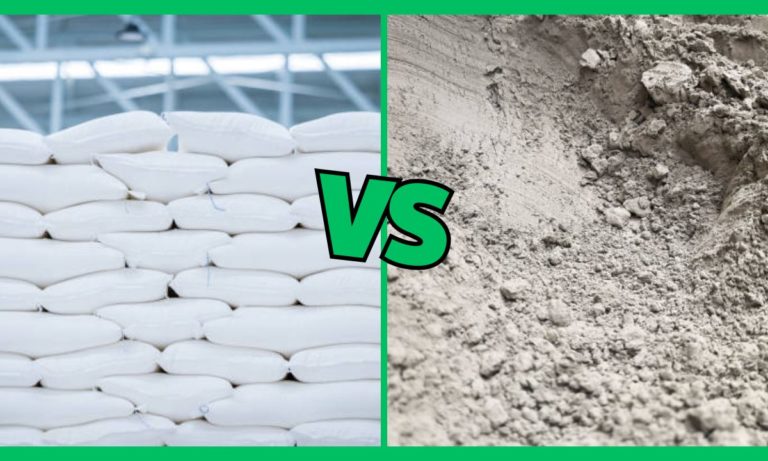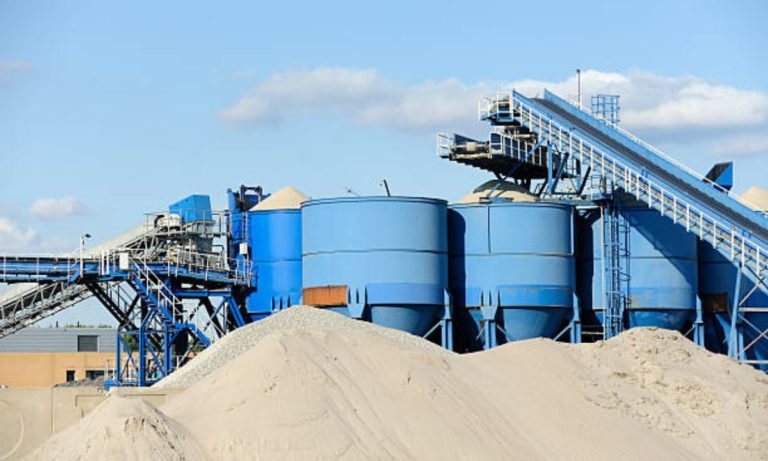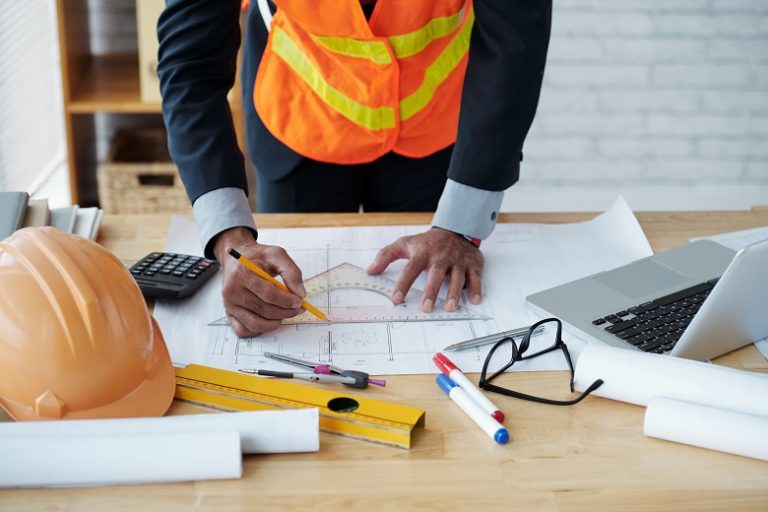How Cement Plays a Vital Role in Sustainable Infrastructure Development?
In the realm of urban development, concrete stands as a stalwart material, prized for its robustness, endurance, and adaptability. Yet, conventional concrete production takes a toll on the environment, characterized by high carbon emissions and resource depletion.
To address these environmental concerns, a wave of innovation has surged, propelling the creation of sustainable concrete solutions aimed at mitigating the adverse impacts of urban construction.
Here’s a closer look at the transformative journey of sustainable concrete, its pivotal role in shaping urban landscapes, and its contribution to fostering environmentally conscious infrastructure:
Sustainable Concrete’s Ascendance
Sustainable concrete emerges as a groundbreaking answer to curbing the environmental footprint of urban construction. Pioneering researchers and engineers are channeling efforts toward pioneering eco-friendly concrete alternatives that promise to revolutionize the industry. Explore the difference between OPC and PPC cement to understand the sustainable options available.
Green Construction with Concrete
The ethos of green construction has gained remarkable momentum, spotlighting sustainable practices and materials. At the forefront of this movement stands sustainable concrete, offering a plethora of advantages for urban development.
Recycled concrete aggregate (RCA) emerges as a frontrunner in sustainable construction, fashioned by recycling and repurposing old concrete. By diverting waste from landfills and diminishing the reliance on virgin materials, RCA not only slashes carbon emissions but also conserves precious natural resources. Moreover, its utilization bolsters the structural integrity of concrete while upholding its durability. For more on sustainability in construction, see how cement plays a vital role in sustainable infrastructure development.
High-performance concrete (HPC) constitutes another transformative facet of green construction. Leveraging cutting-edge technologies and materials, HPC boasts augmented strength, resilience, and resistance to environmental elements. Its potential to curtail maintenance and repair expenses renders it increasingly coveted in the realm of sustainable infrastructure development.
Smart Concrete for Smart Cities
The advent of smart cities ushers in novel prospects for integrating technology into sustainable concrete infrastructure. Smart concrete emerges as a pioneering innovation, amalgamating sensors and data analytics to proactively monitor structural health and streamline maintenance operations.
Equipped with embedded sensors, smart concrete exhibits the prowess to discern structural vulnerabilities, cracks, and other potential issues in real time, averting critical crises. This preemptive approach not only facilitates prompt repairs but also mitigates costs associated with extensive damage. Furthermore, insights gleaned from smart concrete data propel efficient urban planning, thereby fostering sustainable development practices. Learn more about innovative cement applications paving the way for architectural marvels.
Concrete’s Crucial Contributions
Sustainable concrete infrastructure assumes a pivotal role in realizing urban sustainability objectives, heralding substantial environmental benefits. Notably, its adoption engenders significant reductions in carbon dioxide emissions vis-à-vis traditional concrete manufacturing processes. When coupled with recycling endeavors and smart technologies, the carbon footprint of urban construction witnesses a remarkable downturn. For further insight, check out the importance of choosing the right cement for sustainable development.
Furthermore, sustainable concrete aids in combating urban heat island effects by harnessing lighter-colored materials that reflect sunlight and absorb minimal heat. This eco-conscious approach translates into reduced energy consumption for cooling purposes, thereby fostering the creation of more habitable urban environments.
Charting the Trajectory of Sustainable Concrete Infrastructure
The trajectory of sustainable concrete brims with promise, heralding a future where eco-friendly construction practices reign supreme. As urbanization continues its inexorable march, the clamor for sustainable infrastructure escalates. The integration of eco-friendly concrete alternatives—ranging from recycled concrete aggregate to high-performance concrete—promises to reshape our cities into verdant, resilient bastions of sustainability.
Additionally, the infusion of smart technology into concrete assures streamlined maintenance and the perpetuation of urban structures. Dive into the future of sustainable construction trends to explore what’s on the horizon.
Pioneering Sustainable Infrastructure Development

Concrete’s Integral Role in Sustainable Infrastructure
- Concrete stands as a cornerstone in modern society’s quest for sustainable development, emerging as the most utilized construction material globally.
Longevity and Durability
- Concrete’s endurance, boasting a service life of 50 to 100 years, surpasses many counterparts, leading to diminished maintenance and repair expenses.
- Structures fashioned from concrete exhibit superior resilience against weathering, erosion, and natural calamities, rendering them a pragmatic choice for enduring infrastructure. Learn how high-performance concrete is changing the landscape of infrastructure development.
Recyclability and Circular Economy
- Concrete’s innate recyclability allows for crushing and reuse in fresh construction endeavors without compromising strength or durability.
- Innovative recycling technologies, including upcycling processes, propel the material towards a circular economy, reducing the reliance on new raw materials and curbing environmental impact.
Evolution of Production Processes
- Advancements in concrete production prioritize sustainability, with supplementary cementing materials (SCMs) like fly ash and slag replacing conventional cement.
- The emergence of ‘green’ cement, manufactured through carbon-capture methods, heralds a future where concrete production significantly diminishes carbon emissions. For an in-depth look, explore the manufacturing process of cement in factories.
Energy Efficiency and Thermal Mass
- Concrete’s thermal mass facilitates energy efficiency in buildings by absorbing and storing heat, thereby regulating indoor temperatures and minimizing reliance on heating and cooling systems.
- This energy-saving attribute contributes to decreased lifetime energy consumption and carbon emissions, further bolstering concrete’s sustainability credentials.
Comprehensive Approach to Sustainable Development
- Achieving sustainable infrastructure mandates a holistic approach encompassing ongoing research, technological innovations, regulatory frameworks, and industry dedication.
- Concrete, propelled by its widespread application and recent advancements, assumes a pivotal role in this transformative journey, underscoring the industry’s resilience and adaptability.
Concrete’s Multifaceted Contribution
- Concrete’s significance in sustainable infrastructure development spans various dimensions, including its durability, recyclability, evolving production techniques, and potential for enhancing energy efficiency.
- As champions of sustainable development, entities like Four Corners Materials pledge to harness concrete’s full potential by embracing and accelerating innovative solutions, thus fostering a greener world.
Conclusion
The cement industry emerges as an unwavering cornerstone of infrastructure advancement and economic prosperity, underpinning the fabric of our contemporary society.
Through its unparalleled bonding capabilities, Portland cement assumes a central role in crafting resilient road networks, enduring bridges, towering skyscrapers, and secure residences. Furthermore, the industry acts as a catalyst for job generation, fuels investments in infrastructure, propels urbanization, and fosters global trade.
Nevertheless, amidst its strides, the industry confronts the imperative of sustainability. The ecological footprint of cement production demands attention. To confront this challenge, cement manufacturers and suppliers are embracing eco-conscious methodologies, pursuing alternative materials, bolstering energy efficiency, minimizing waste, and delving into carbon capture innovations. Explore the impact of COVID-19 on the cement industry for insights on how the industry is adapting to modern challenges.
The path ahead is illuminated by Mir Cement putting a steadfast dedication to excellence, innovation, and sustainability, shaping the enduring impact of the cement industry on economic prosperity and environmental welfare.
Frequently Asked Questions (FAQs)
What is the role of concrete in sustainable development?
Concrete has an extensive life cycle and is a durable building material that is both energy-efficient and ecological.
The fundamental issue, however, is in the production of cement, the key component of concrete. Cement manufacturing is the world’s third-largest source of man-made, global-warming CO2.
What makes concrete a sustainable building material?
Concrete has a high thermal inertia, which implies that the temperature of a concrete building remains constant even when the outside temperature changes. Concrete’s great density also minimizes heat loss. As a result, there is no need for additional heating or cooling, which saves energy.
How does cement impact society today?
Concrete is one of the world’s most consumed resources, second only to water. That’s because its durability, affordability, and availability make it necessary for a wide range of construction projects, including bridges, roads, and buildings.







